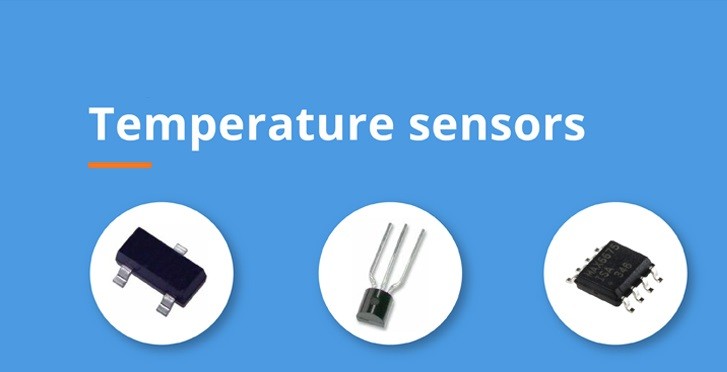How IoT Temperature Sensors Better Your Profits and Reduce Risk
In today’s business conditions, maximizing efficiency is crucial. From the factory floor to the customer’s entrance and throughout the supply chain, assuring your products appear on time and demand is necessary to consumer retention—and profitability. IoT Temperature sensors are an important representative in this effort, as it provides directions for the business to monitor everything from machine function to logistics. Such visibility enables companies to in-time decisions, streamline processes, and delight customers at scale. While this might seem like a complicated undertaking, the technology is highly accessible and cost-effective, opening new roads for risk loss and a greater level of control over just about every process.

WHY TEMP SENSORS?
Wireless temperature sensors are a part of industrial IoT that can leverage numerous ways to obtain maximum profitability and diminish the risk of damage.
A few of the usual everyday use cases for temp sensors include:
- Restaurants
- Residential, Commercial, and Institutional Buildings
- Factories
- Warehousing
- Manufacturing
- Oil and Gas
- Water Services
With the capacity to watch the temperature in these settings, workers(Engineers, Supervisors, managers, operators) avoid machine failures, spoilage and lessen risk caused by temperature variations.
Industrial Use Cases
In industrial environments, temp sensors play different roles. They are a part of machine function optimization. They also help watch the facility’s ambient temperature, which can be a highly significant concern, depending on the enterprise and product.
Common Industry use cases for temp sensors cover:
- Refrigerators. Keep an optimal storage temperature range and prevent freezing.
- Boilers. Sensors will intimate leaks and protecting failure.
- HVAC. Temp sensors assist operators in monitoring systems for breakage, leaks, and energy loss.
- Electrical. Heat spikes in electrical operations are an ancestor to significant safety risks.
- IT. Computers and servers will fail and break if overheated.
Securing Optimal Machine Function in Manufacturing
In manufacturing, temperature variations are an indicator of machine overload, power surges, or total failures – any of which have the potential to obstruct the supply chain, decay profit margins, and produce a ripple effect of customer discontent.
Monitoring temperatures at the machine level assistant to factory operators in many ways:
- Optimize Management Time. Real-time alerts provide supervisors to react quickly, diminishing time wasted on manual monitoring and enable them to focus on higher-value tasks.
- Improve Worker Safety. Taking machines offline before they malfunction increases worker safety.
- Reduce Maintenance Costs. Temperature sensors reduce unnecessary maintenance calls.
Smart Building Applications
Today’s most effective buildings rely on IoT sensors for various functions, and temperature control is among the top concern. With the ability to watch and control the temperature in different spaces—like apartments, offices, hospitals, it is possible to decrease heating and cooling expenses and optimize the building’s energy usage.
The business that manages massive complexes, like universities, shopping malls, data centers, storage facilities, or multiple buildings obtains a distinct advantage from temp sensors. With a remotely monitored solution, it is easy to centralize and analyze error and control of everything from comfort to safety, even if the facilities are located on the other side of the world.
With the ability to identify temperature variations and system failure, companies can decrease costs related to daily operations, operation failure, incapable machine function, maintenance, repair, occupant comfort and safety, and injury due to temperature variation.
HOW BRIDGEThings Helps
BridgeThings offers a range of wireless temperature sensors to accommodate every commercial and industrial need. Our sensors fit indoor and outdoor use, and the wireless signal can even penetrate through walls and floors.
Signals can trigger when the temperature rises or falls below configured thresholds and sends a notification to your managers in real-time, based on your settings. Best of all, managing and observing your temp sensors is easy as your data is centralized into a single pane of glass, optimizing your time and helping you maximize value throughout the organization.
If you would like to learn more about wireless temp sensors and how they can help you, reach out today. We’d love to show you what’s possible.
How IoT Temperature Sensors Better Your Profits and Reduce Risk Read More »



